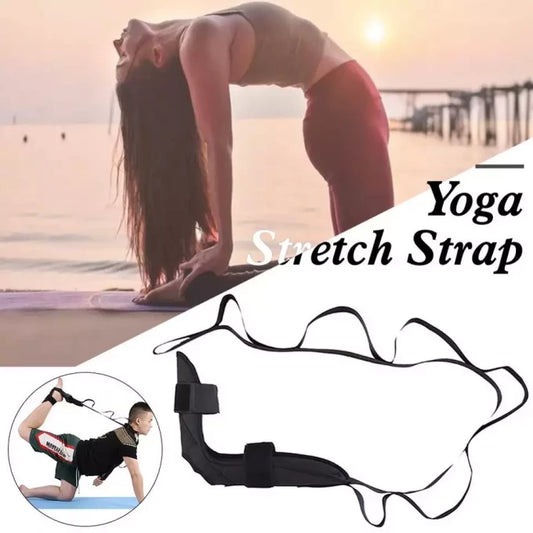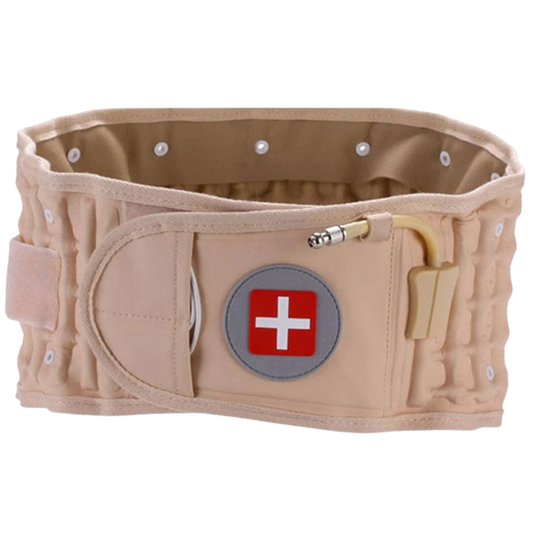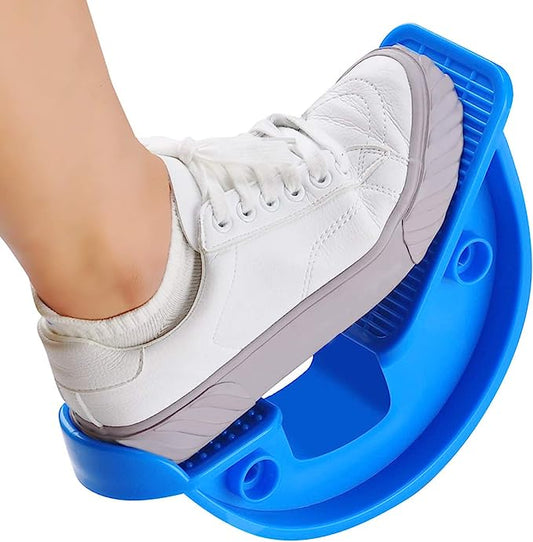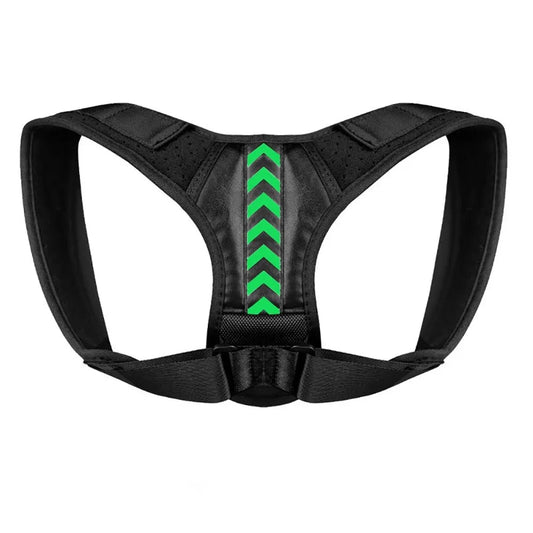You may have seen hyperextensions being performed on the floor using just bodyweight. However, in my view, the benefits of this exercise is greatly exceeded when you use a hyper extension bench.

This exercise was the true game changer for me and I haven’t looked back since...
The hyperextension bench was one of the key pieces of gym equipment that really excelled my lower back strength since using it.
I had seen it at my local gym for years, however I had never actually seen it get much use, nor did I actually know what it was for.
This is how you do the hyperextension bench exercise:
1. The first thing to do is to adjust the bench so that the waist is in line with the top of the pad. Then lie on it while positioning your feet firmly on the foot plates and resting your ankles securely against the footpads.
2. Start with the body in a straight line and cross your arms in front of you.
3. Bend at the waist and slowly lower your body towards the ground say around 65-75 degrees.
4. Take a slight pause in this position and then slowly raise yourself back up to the starting position so that your back is in a straight line diagonally.
What is A Hyper Extension Bench
As you can see, the hyperextension bench is a odd looking piece of apparatus found in most gyms. It specifically isolates the lower back region when working out on it, putting focus solely on this area. It is very common to use the hyperextension bench if you have a weak lower back providing you don't have any other underlying problems.
The hyper-extension comes in 2 flavours, a 45 degree hyper extension bench (for beginners to intermediate) and a 90 degree hyper extension bench (for intermediate to advanced)
Both achieve the same thing by working out key muscles in the back. The only difference is the level of resistance due to gravity.
Muscles Worked in Hyperextension Bench Exercise
1. Erector Spinae - The Erector Spinae is a key muslce that’s targeted with hyperextensions. It is especially activated as you lift your body weight until parallel to the floor or thighs depending on the 45 or 90 degree hyper extension.
The erector spinae consists of small muscles that connect to your pelvis, vertebrae and ribs. it runs up the length of your spine and ends at your skull.
By strengthening this muscle you will improve your posture as it helps maintain the proper curves in your spine.
2. Hip Extensors - The Hip Extensors get activated when you lift up from a 45 or 90 degree hyperextension and will be specifically felt in the back of your thighs/hamstrings and glutes.
These muscles tend to become weak over time if not used, especially with todays digital life style thus affecting other areas of the core and lower back. The hyperextension will wake these up and strengthen them in the process.
3. Neck Extensors - The Neck Extensor is a small but key muscle situated at the back of your neck. They help with neck mobility and are important especially if you find yourself looking down at the laptop screen all day.
To activate these you should put your hands at the back of your neck when doing the hyper-extensions. This will also add additional resistance to the overall exercise.
Technique & Adjustment
Squeeze Glutes
As you perform the exercise, you MUST squeeze your Glutes on the way up as you lift your back inline with your thighs. This will get your glutes activated and help with any lower back discomfort you might be feeling.
Tense Abs
Tense your abs during the exercise motion, they will help you lift your torso back up.
Use the handle bars for support initiallyIf you are performing the hyperextension exercise for the first time, don’t be afraid as you bend over the pad. If you want, hold the handle bars for support initially when doing this, however once you get accustomed to the movement, do it without.
Correct alignment of thigh padsEnsure the top of your hips meets the top of the thigh pads. Don’t let the pad dig into your stomach otherwise you are positioned incorrectly.
Common Mistakes
Going Too fast
When performing the motion, don’t get carried away with the speed. The movement needs to be slow and controlled, stop when your back is in line with your thighs to prevent over extending.
Rounding Your BackDon’t round your back as you move downwards during this exercise. It’s important that your back remains flat throughout the exercise.
Arching past straightAvoid arching your back further once you come back up. Keep your toro straight and in line with your thighs and butt.
Hyperextension Bench Exercise Variations
Hyperextension bench exercise with weights
You can add additional resistance by holding a weight during the exercise.
Start with holding a 5kg weight plate with both hands and then build yourself up to say 10kg as you become stronger.
Hyperextension with exercise ball
If you don't have access to a hyperextension bench at your gym then you can also use a stability ball to carryout the hyperextension exercise.
The good thing about using a stability ball is that you can do them at home.
However, care must be taken in setting yourself up properly on the stability ball as you could easily injure yourself if you haven't developed the balance or core muscles to help you stabilise yourself on the ball.
I highly recommend the following video for gettgoing setup correctly, check it out:
90 degree hyperextension bench exercise
The 90 degree hyperextension bench is ideal if you are at an intermediate to advanced level regarding your core strength. This is because you require your existing core muscle groups to help you perform this exercise.
The resistance is increased on a 90 degree position as your range of motion is increased and you are lifting against gravity while at a 90 degree angle.
Reverse Hyperextension Exercise
We can also perform this exercise in reverse. This time you are using our hands to stabilise your upper body and using your Glute and Hip muscles during motion.
These can be carried out both on a swiss ball or a gym bench, see below:
Using an exercise ball + variations
Using a Bench
Hyperextension Bench For Home
If you like the look of the exercise and don’t have access to it at a local gym then you can equally purchase one for home.
When my gym decided to have a refurbishment and replace all their gym equipment, the one frustrating thing they did was remove the 45 degree hyper-extension bench with a sub-par version which simply didn’t hit the muscle groups like the previous one did.
This is when I realised that not all hyperextension benches are made equal. But 45 degrees is 45 degrees I hear you say? That’s what I thought too until now!
You see, some 45 degree hyperextension benches had very thick thigh pads which would affect the angle when you performed the hyper-extension bench. Thus the angle was less the 45 degrees meaning there would be less resistance and too much support when hyper-extending the torso.
For this reason I went out on my quest to buy one for home.
The first one i bought was a foldable 45/90 degrees hyperextension bench by Domyos :

It’s great as a budget bench which you can store away neatly as it collapses. However as you can see, I’m a tall guy so found it to be a little unstable when I performed the hyperextension holding a 15kg weight plate. It was ok otherwise but like I said, for the price I couldn’t complain.
It did convert into a 90 degree bench too as you can see below, however, due to my weight and height the apparatus didn’t feel sturdy enough for me to risk using it for this purpose.

I then went on the quest to get a 90 degree bench for home. After much research and trying a few out, including a trip to Northampton to a warehouse on detour route to London, I finally decided that the 90 degree body solid Hyperextension bench was probably the best one and made my detour trip to Northampton worth while in the end.
Body Solid Hyperextension Bench Review

As you can see, this is a sold workhorse. It’s gym grade quality and highly recommend it if you are tall or heavier and are looking or a durable hyperextension bench.
Pros:
- It is suitable for everyone of all height & weight.
- Thick heavy duty padding to rest your thighs on without any softening or discomfort. Thick heavy duty leg rollers to rest your legs on without any movement.
- Adjustable leg frame for both height and leg depending on the individual.
- Perfect for the whole family and will last for many many years without issue.
- Easy to assembly but requires strength due to its weight & durability.
Cons:
- Ideally for 90 degree hyperextensions. Although you can adjust it to achieve a near 45 degree angle, you do loose some stability due to the flat angle of the thigh pads.- On the expensive side.




